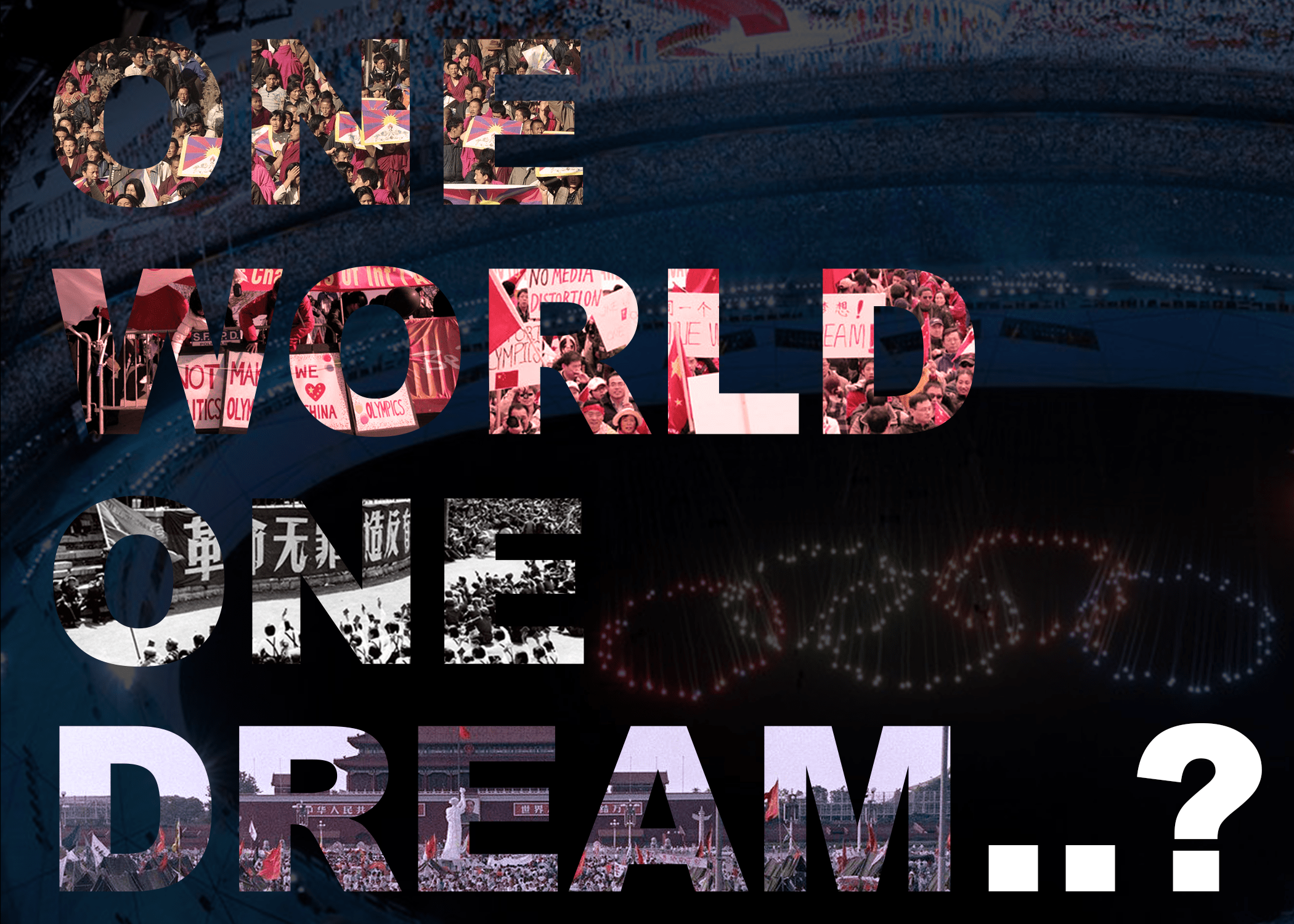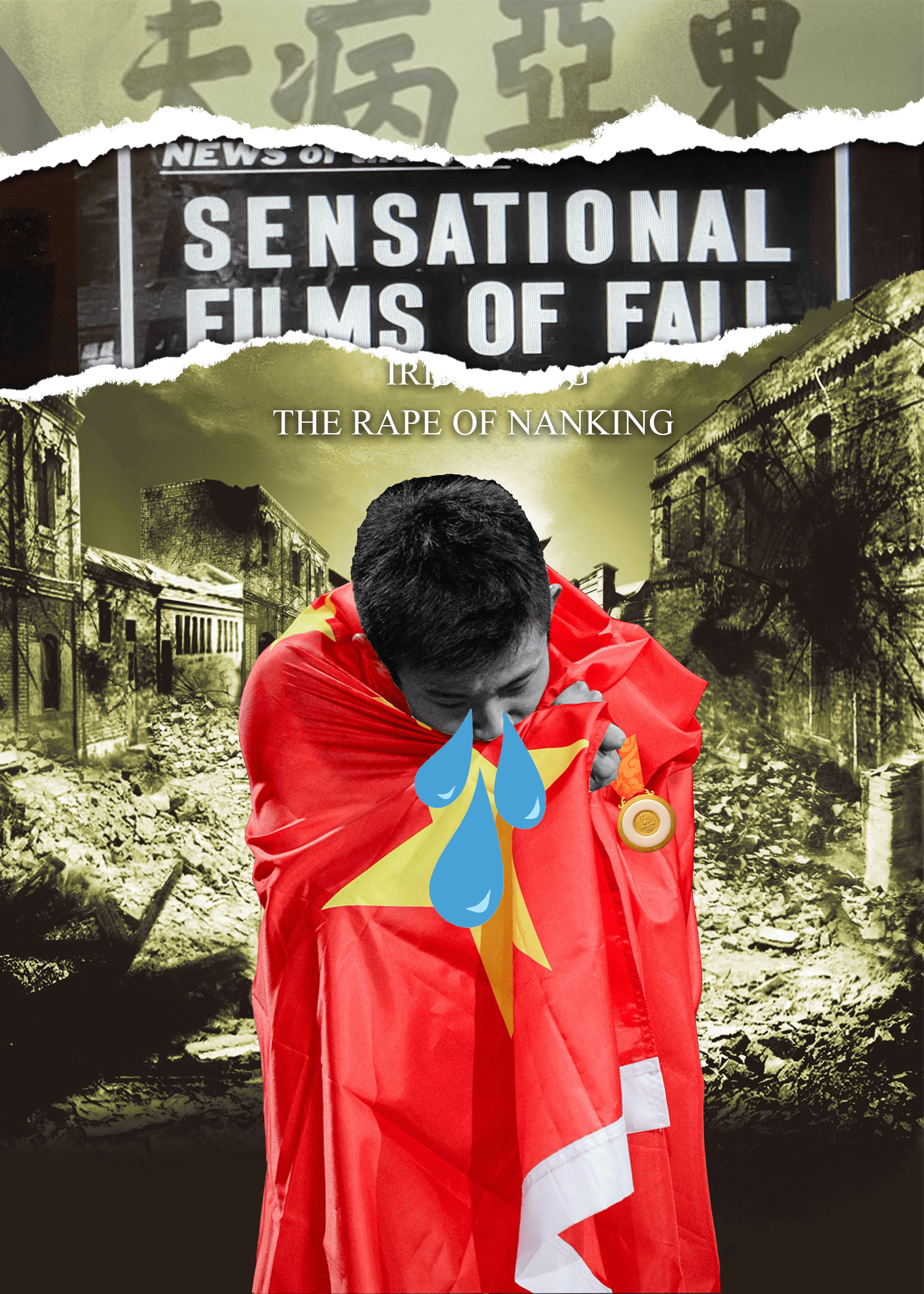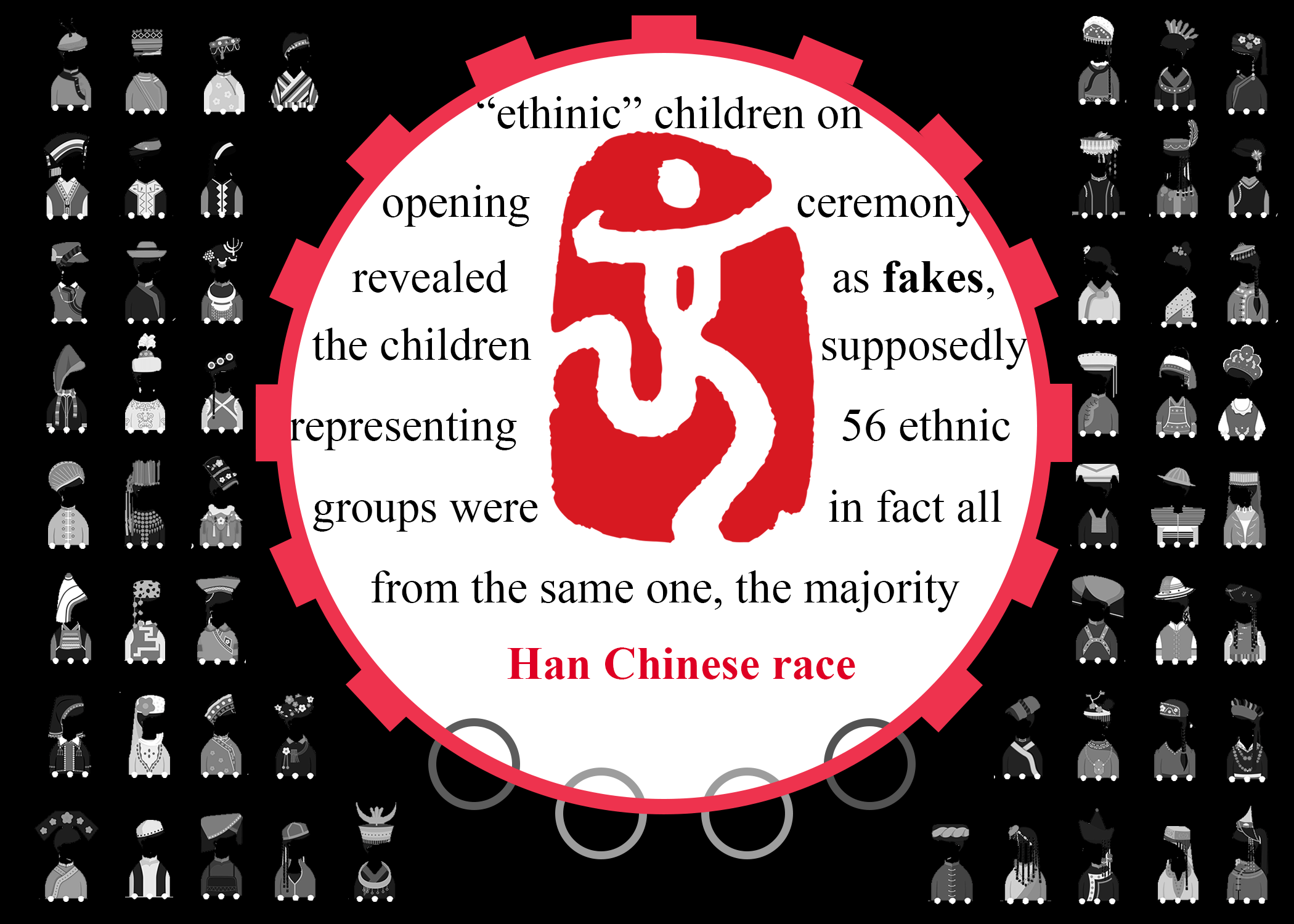In my media annotation model capstone, I took the 2008 Beijing Olympics as my media text. I didn’t analyze the sports events, but the image and vision of China being conveyed through this event.



Photoshop projects I've done for Methods in Media Studies
Project 1 – “One World, One Dream..?”

My first critique is on the official motto, “One World, One Dream.” There is a hegemonic decoding position prefigured in that motto. That is, China is peacefully rising to join the international order via economic development. The world and dream here is a utopian world of development and prosperity. Still, there are other possible ways to decode that message. I have four other images representing four different ideals, or visions of China here, according to which the quote could be approached differently. The first is the 2008 Tibetan protest against the central government’s mistreatment of monks and Tibetan culture in general. The second is overseas Chinese’s protest over “western media distortion” of the Tibetan “riot.” The third is a picture of cultural revolution. The fourth is the 1989 Tiananmen Square Protest. By juxtaposing those four different visions of the nation: ethnic equality, nationalism, economic equality (communism), and political liberalization, I’m questioning the prefigured meaning in this motto: which world, which dream? Whose world, whose dream?
Project 2 – “Nanking”

My second critique characterizes an Olympic gold medal winner standing on the stage, wrapping himself in the national flag, shedding tears. With this image, I aim to reflect on the popular framing of the Olympic contests. Many Chinese audiences not only see the current glory of individual athletes, they see them as “Chinese athletes” revenging China’s humiliating past and the stereotype of “east Asia sick man.” This ambivalent feeling comes from the collective memories of “National Humiliations” such as the Nanking massacre or the Rape of Nanking. In this way, the Nanking massacre is almost a historical sensational melodrama that makes audiences involuntarily mimic the victim’s pain and suffering, arousing nationalistic feelings of pride and revenge.
Project 3 – “Minzu”

The last one is about the representation of ethnic minorities in China. It is later revealed that the 56 ethnic children in the opening ceremony are actually all Han kids donning minorities costumes. This reminds me of the concepts of cultural appropriation since here, minorities only need to be “nominally present,” and their culture is reduced to mere costumes. The red color is the conventional color of Han, but also that of the Chinese national flag, of Olympic rings, the logo of the Beijing Olympics. I draw a parallelism between them in this image to show how the portrait of minorities in the opening of the Beijing Olympics keeps exoticizing minority culture. By making the red Olympic ring look like a city wall, I aim to disclose how the opening keeps reproducing an ancient binary where Han is the civilized, default race, while minorities are peculiarities, barbarians, outliers of the civic order, outside of the great wall.